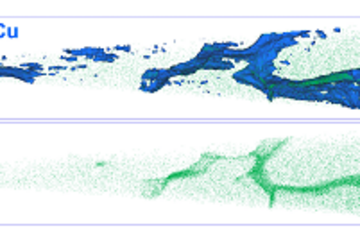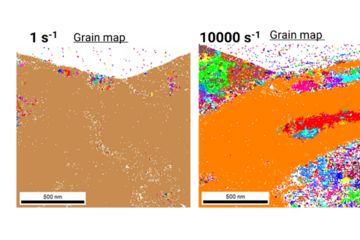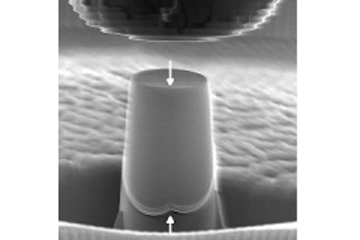All genres
1.
Journal Article
Stable nanofacets in [111] tilt grain boundaries of face-centered cubic metals. Physical Review Materials 8 (6), 063606 (2024)
2.
Journal Article
Effect of the atomic structure of complexions on the active disconnection mode during shear-coupled grain boundary motion. Physical Review Materials 8 (6), 063602 (2024)
3.
Talk
Complexions in fcc metals: Insights from atomistic simulations. 2nd Materials Science Colloquium, Lech am Arlberg, Austria (2023)
4.
Talk
Deformation mechanism of complexions in a Cu grain boundary under shear. FEMS EUROMAT 2023, Frankfurt am Main, Germany (2023)
5.
Talk
Disconnection activation in complexions of a Cu grain boundary under shear. 19th International Conference on Diffusion in Solids and Liquids (DSL-2023), Heraklion, Greece (2023)
6.
Talk
Stress driven grain boundary migration for different complexions of a Cu tilt grain boundary. Materials Science and Engineering Congress 2022, Darmstadt, Germany (2022)
7.
Talk
Atomistic simulation study of grain boundary migration for different complexions in copper. DPG-Tagung, Virtual (2021)
8.
Talk
Diffusionless congruent grain boundary phase transitions in metals: Simulation and experimental imaging. 2021 Fall Meeting of the European Materials Research
Society
, Virtual (2021)
9.
Thesis - PhD
Effect of grain boundary atomic structure on shear coupled grain boundary motion in copper using atomistic simulation. Dissertation, Ruhr-Universität Bochum, Bochum, Germany (2025)











